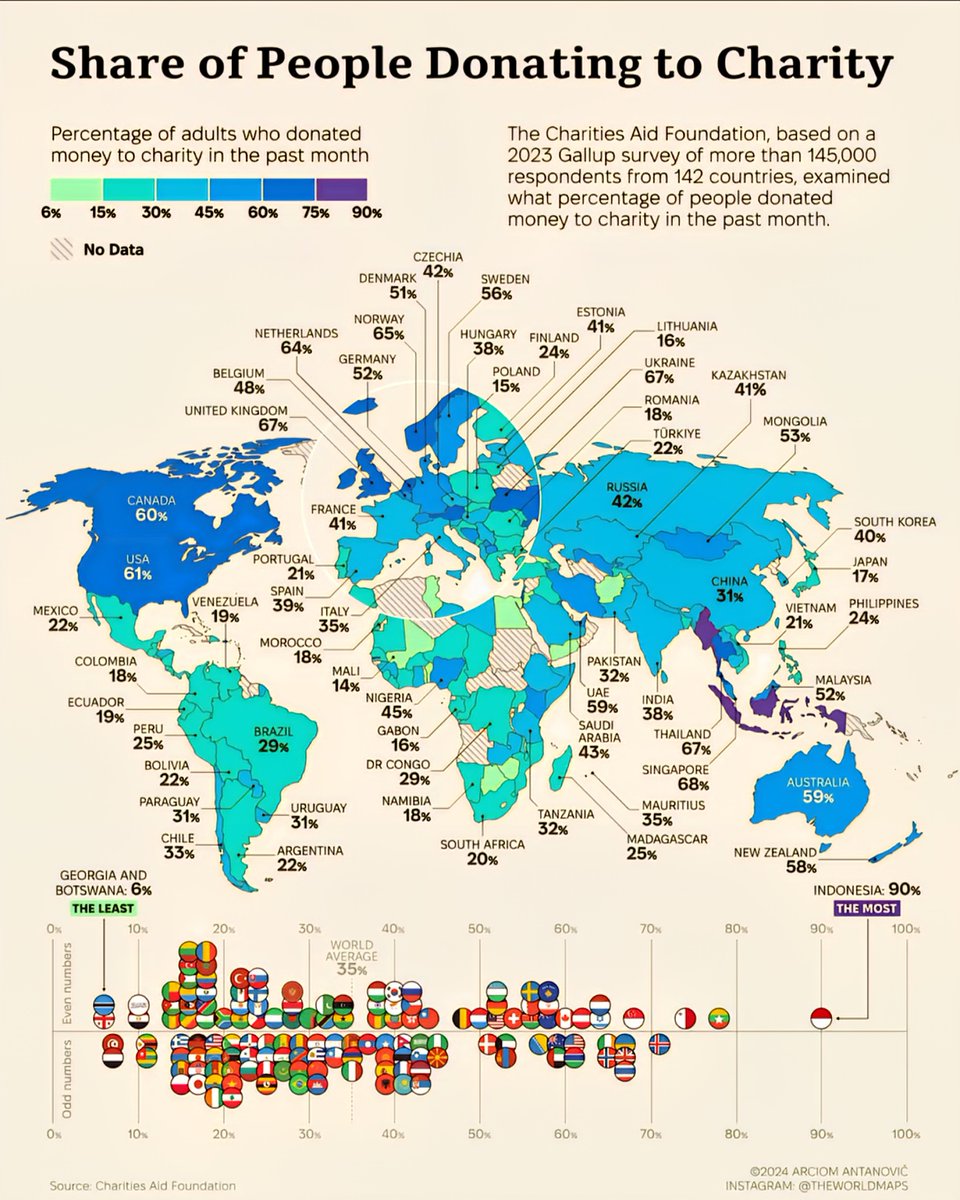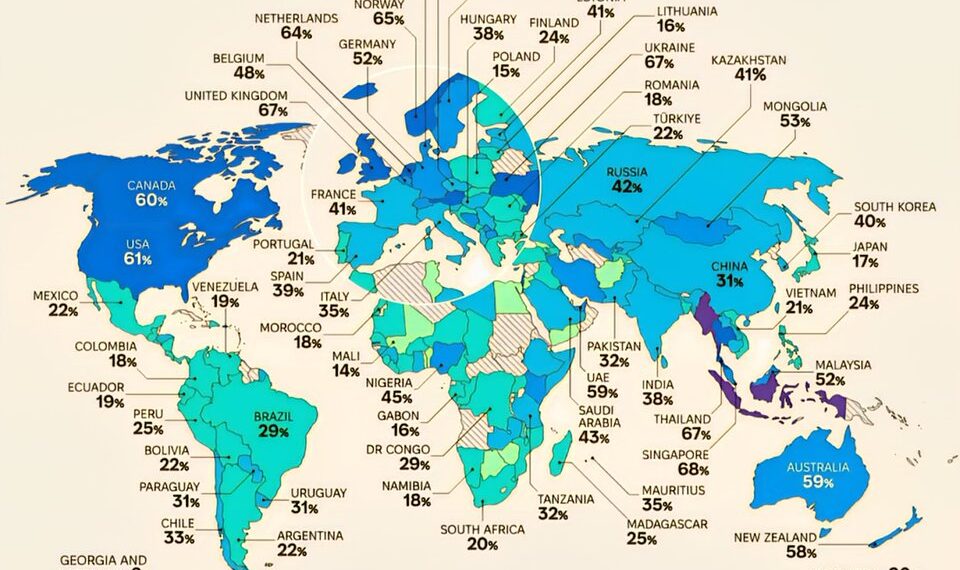Select Language:
Rising Trends in Charity Donations in 2025

1. Growth in Digital Giving Platforms
In 2025, digital platforms continue to transform the charitable giving landscape. An increasing number of donors prefer to contribute via online portals, mobile apps, and social media campaigns. Nonprofits have invested heavily in creating seamless digital donation experiences, making it easier than ever for people to support causes they care about. The rapid proliferation of these platforms has led to a notable spike in micro-donations, with many individuals setting up recurring payments for ongoing support. The convenience and accessibility of digital giving are driving higher engagement, especially among younger generations who are digital natives.
2. Donor Demographics Are Shifting
A clearer picture of donor demographics has emerged this year. Millennials and Generation Z are now the primary drivers of charitable contributions, accounting for approximately 60% of total donations. These younger donors often prioritize causes related to climate change, social justice, and mental health awareness. Their philanthropic approach tends to favor transparency, impact-driven initiatives, and social responsibility. Charitable organizations are adjusting their outreach strategies to cater to these values, leveraging social media storytelling and interactive campaigns to build trust and foster ongoing relationships.
3. Impact of Corporate Social Responsibility (CSR)
Corporate giving continues to rise, with more companies integrating social responsibility into their core business models. Many firms are launching large-scale philanthropic initiatives, matching employee donations, and encouraging their staff to participate in volunteer programs. This trend not only promotes positive community impact but also enhances corporate image and employee satisfaction. In 2025, the total corporate donations are projected to reach record highs, significantly contributing to nonprofits’ fundraising efforts. The synergy between business and philanthropy is increasingly seen as vital for sustainable growth.
4. Boost from Environmental and Social Causes
The year 2025 sees an unprecedented surge in donations directed towards environmental issues and social justice causes. Climate change remains at the forefront of donor priorities, with many giving to renewable energy projects, conservation efforts, and disaster relief. The focus on social justice is reflected in increased contributions to organizations advocating for equality, human rights, and community development. Events such as the global climate summits and social movements have heightened public awareness, inspiring more individuals to donate to tangible, impactful causes.
5. The Role of Giving Days and Campaigns
Annual and seasonal giving campaigns are more impactful than ever. Giving Days, such as regional or national initiatives, boost participation by creating a sense of urgency and community involvement. In 2025, organizations report record-breaking participation and contribution amounts due to innovative engagement strategies, including matching grants, social media challenges, and live-stream fundraising events. These campaigns harness collective enthusiasm and foster a culture of generosity, making charity more mainstream and accessible.
6. The Increasing Importance of Transparency and Impact Reporting
Transparency remains a critical factor for donors in 2025. Charitable organizations that openly share how funds are used and demonstrate tangible results are winning donor confidence and loyalty. Impact metrics, storytelling, and detailed financial disclosures are now standard practice. This focus on accountability has heightened competition among nonprofits to showcase their effectiveness, leading to greater trust and sustained support from the giving public.
7. Cultural Shifts in Giving Habits
More Americans are viewing philanthropy as an integral part of their personal identity. Giving is now seen as a collaborative effort, often involving families, workplaces, and communities. Many individuals choose to integrate philanthropy in their daily routines by volunteering, participating in charity runs, or supporting local initiatives. This cultural shift reflects a broader belief that sustained, small-scale contributions can collectively create significant social change.
Conclusion
The landscape of charitable giving in 2025 is marked by technological innovation, shifting demographics, greater transparency, and an increased focus on pressing global issues. As more Americans embrace diverse ways of giving—whether through digital donations, corporate partnerships, or community involvement—the overall share of people donating to charity continues to rise. These trends underscore a collective commitment to making a positive impact and highlight the evolving role of philanthropy in modern society.







